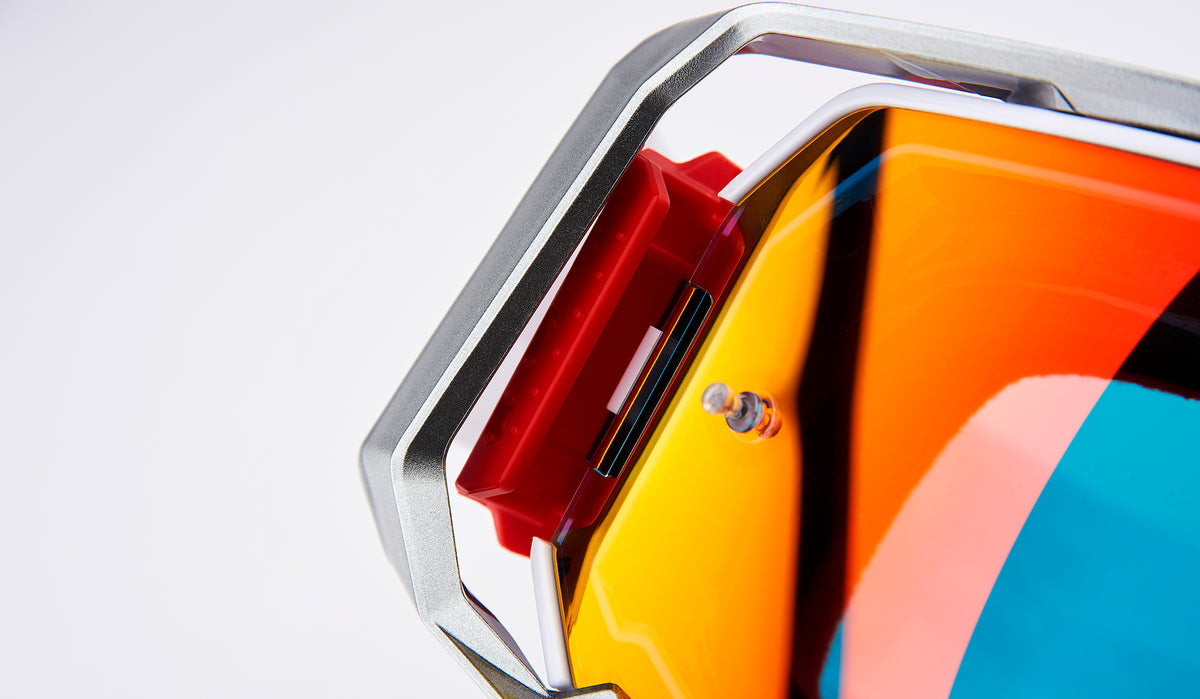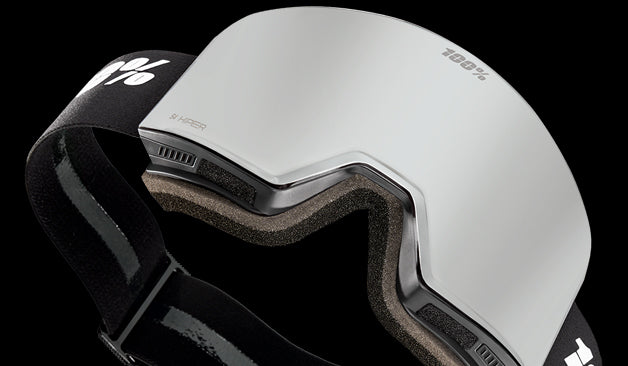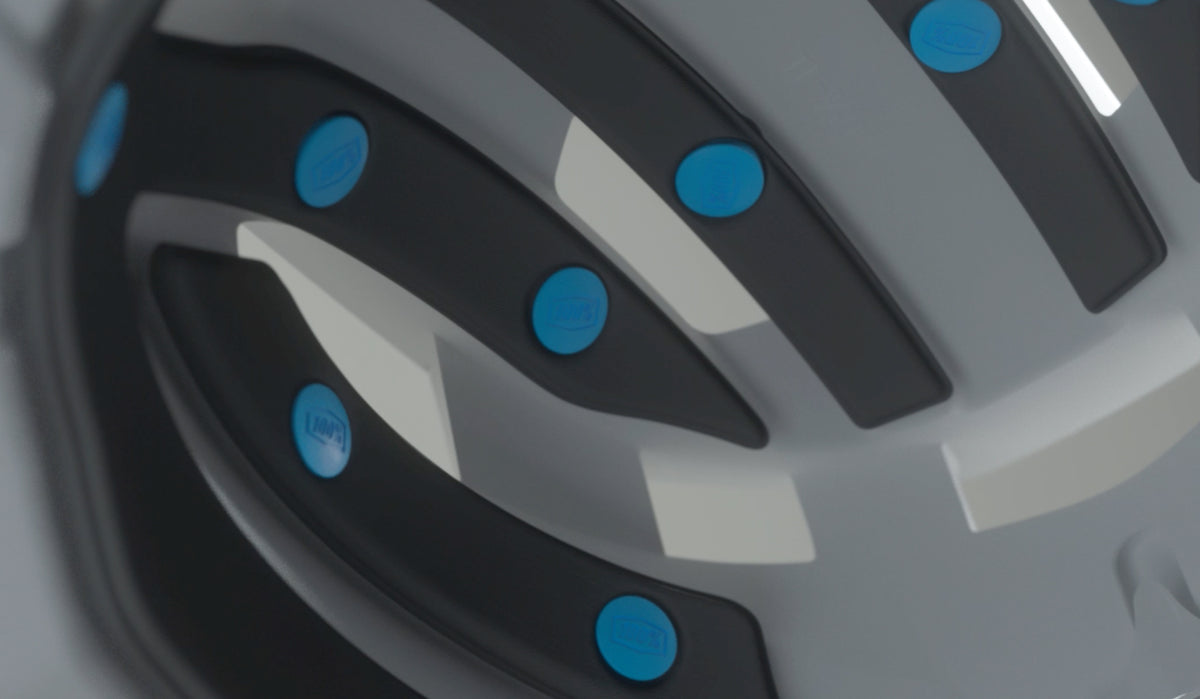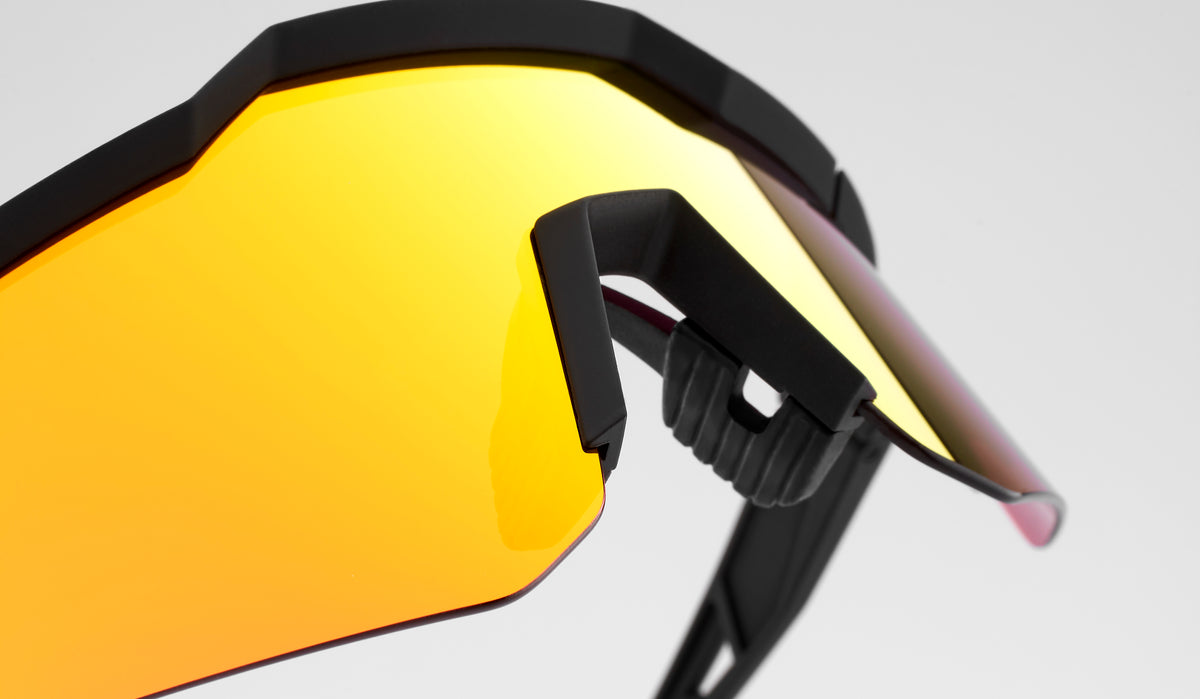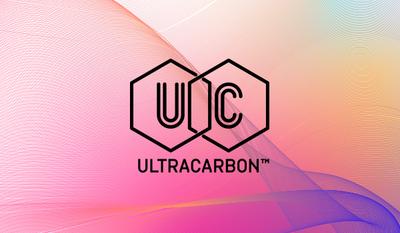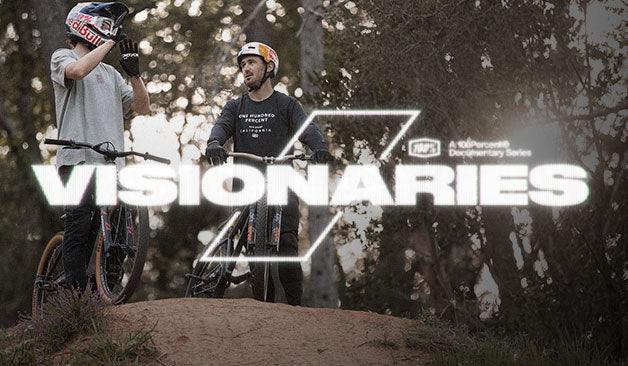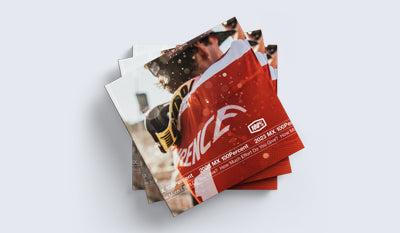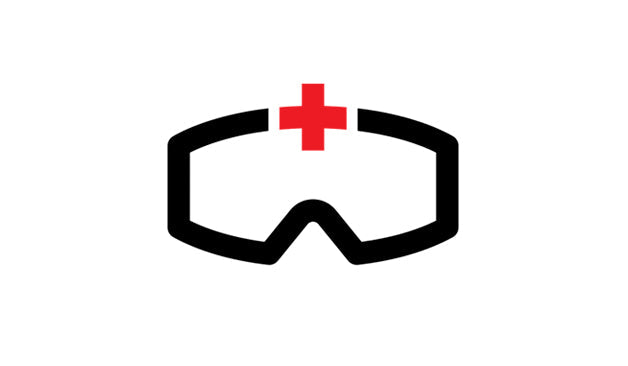Counterfeit Education
What is Counterfeiting?
Counterfeiting is the manufacture, sale, import, and export of products that use a trademark, logo or design identical to another company’s trademark, logo or design (also known as a brand) without the brand owner’s consent. Counterfeit products are often referred to as “fakes” or “knockoffs.”
In simple terms, counterfeit products are imitations of genuine products. Just about every industry falls victim to counterfeiting, including clothing, footwear, pharmaceuticals, home care products, baby formula, toys, electronic equipment, beauty products, and even airplane and car parts. Counterfeiters con consumers into purchasing what a consumer assumes is an authentic, discounted product. In reality, the counterfeit goods are poorly constructed and use low quality or even dangerous materials. In some cases, counterfeiters display deceptive images of the product and consumers receive a product that looks nothing like what they thought they were purchasing.
Counterfeit products can be found everywhere–from flea markets and garage sales, to sponsored social media posts and content and online websites dedicated to selling knockoff products. Counterfeiters have moved to the internet as more people turn to online shopping. The Internet has made it very easy for counterfeiters to sell fake goods and counterfeiters can easily target customers who are looking for a good deal. In fact, statistics show that 30% of online shoppers have been tricked into buying fake goods.
Why is Counterfeiting Bad?
It’s illegal.
It’s not okay to intentionally use another company’s trademarks, logos or designs without the brand owner’s permission. In most countries, counterfeiting is prohibited by law and penalties can include fines and even imprisonment.
It hurts other people.
While the scale of counterfeiting is difficult to comprehend, the International Chamber of Commerce estimates the total global economic value of counterfeit products is as much as $1.2 trillion per year . Since 2008, over 2.5 million jobs have been lost due to the business of counterfeit goods. Counterfeiters may not pay taxes on the products they make, which hurts the economic strength of the immediate region. Manufacturers of counterfeit products are notorious for ignoring labor regulations and best practices. They may not provide fair wages or benefits to their employees, or adhere to child labor or anti-sweatshop laws.
It’s dangerous for you.
You risk identity theft when shopping on websites selling counterfeit products, because these sites may not be equipped with industry-standard technology for protecting your payment method and confidential information. Additionally, there are no assurances that the materials counterfeiters use to make fake goods are safe. Counterfeiters do not have to follow consumer protection regulations which limit the use of toxic substances or processes. Counterfeit products do not have to meet the product safety standards required by government agencies or the rigorous performance standards we set for ourselves. Terrorist groups, organized crime rings, and gangs have been known to finance operations using profits made from the sale of counterfeit goods.
In another predatory practice, websites are designed to copy the look and feel of a brand’s legitimate website to build trust with you so you will feel comfortable providing credit card and personal information. You won’t receive a product, but may have your personal and financial information compromised.
How to Recognize An Online Retailer Selling Counterfeit 100% Branded Product
Check the website name.
If the website you’re visiting uses 100 Percent in its name or displays the 100 Percent logo, but the site doesn’t look authentic when compared to 100 Percent’s official retail website (www.100percent.com), it’s likely a website selling counterfeit product. Look carefully at the address - a slight misspelling like 100perrcent or 100precent may be capitalized on by counterfeiters to redirect you to a fraudulent website. For a list of authentic 100 Percent retail locations and store websites, for the US you can visit: https://www.100percent.com/tools/store-locator and internationally, you can visit: https://www.100percent.com/pages/international-dealers. If you’re still not sure, email our customer service department at customerservice@100percent.com
Investigate further.
Counterfeiters often provide contact information that is hard to trace. For example, instead of a company email, a counterfeiter may use a Gmail or Yahoo account. Another useful strategy to determine if a website is operated by counterfeiters is to review the URL window, or directory pane. On most browsers, if the website is secure and operated by a company selling genuine products, the URL will begin with “https,” and a padlock icon will appear at the front of the website address during the checkout process. This means that the site has been verified by a trusted third-party authority and provides a valid certificate for the URL that you are visiting. The padlock icon means that the connection to this URL is secure.
If you become concerned about a website you are shopping on, read the shipping or refund and returns policy. Most counterfeit websites will have poorly written policies and/or complicated return and refund rules and procedures.
Counterfeiters often offer consumers a number of options to pay for purchased goods, including wire transfers via Western Union and MoneyGram. Why? International wire transfers, such as Western Union and MoneyGram, cannot be cancelled or reversed and it is not possible to track the entity or person receiving the money. 100 Percent authorized online retail partners only use traditional methods for payment, such MasterCard, Visa or AmericanExpress as well as Paypal and Afterpay.
One more tip: marketplace sites, such as eBay.com, Walmart.com, Overstock.com, Aliexpress.com, Wish.com, Alibaba.com, MercadoLibre.com, Taobao.com, and even Amazon.com, are common platforms used by counterfeiters to sell fake products. Always investigate a seller thoroughly before purchasing a product.
Spot the knockoff.
Below are several clues to help determine if a 100 Percent-branded product you purchased is fake.
Packaging
- Counterfeiters typically use inexpensive and flimsy cardboard material, or will ship products without packaging.
- Product packaging may include wording that is misspelled, or an incorrect model name.
Product
- If you compare the counterfeit product to the images of products on www.100percent.com, the fake product may appear distorted, “off” or altered.
- The accessories offered with the product do not match those offered with authentic product.
- The 100 Percent logo may be altered, missing, or replaced with other imagery.
- Colors and hues may differ from authentic products, and product quality may feel flimsy or poor.
- The invoice from the seller may not provide contact information or an address.
Counterfeiters on Social Media
Counterfeiters use 100 Percent trademarks, copyrights and intellectual property to manufacture cheap goods and pass them off as authentic 100 Percent products. They have also taken to the social media world to advertise on sites like Facebook, Instagram, Youtube and Twitter. Watch out for ads that promote branded products to be much cheaper than they typically are. The ads appear as sponsored content and look authentic. Also, be aware that counterfeiters promote fake ads and unsafe links; it is likely that counterfeit accounts will be unverified and posted content will seem too good to be true.
What 100 Percent is doing to Combat Counterfeiting
100 Percent constantly monitors the Internet for knockoff goods and employs a global brand protection and anti-counterfeit team who work with customs and law enforcement agents around the world to slow the manufacture and sale of fake goods. 100 Percent also partners with customers and fans to investigate websites suspected of selling counterfeit 100 Percent products. Finally, 100 Percent provides information, such as this webpage, to help consumers make informed decisions about where they purchase goods.
What You Can Do
If you find a website, online store or social media advertisement that you suspect is selling or promoting counterfeit 100 Percent products send us an email at customerservice@100percent.com and include the web address and a description of how you found the site.
Unfortunately, if you have purchased a counterfeit product, 100 Percent is not able to reimburse you or exchange the fake goods for authentic 100 Percent products. But, you do have recourse. Report the purchase to your bank or credit card provider and let them know you are a victim of counterfeit fraud.
From all of us at 100 Percent, thank you for your help and support.







